Recent Stock Market Trends in the Transportation Sector
This past Wednesday marked a significant downturn for the transportation industry in the stock market, with J.B. Hunt Transportation Services (JBHT) leading the downward movement. The company experienced a notable 7% drop in its stock price from the previous week, contributing to an average industry decline of 4% on that day alone. This downturn positioned the transportation sector as one of the poorest performers in the market that week.
J.B. Hunt’s CEO, John Roberts, commented during the company’s earnings call, stating, “The current environment we are in has remained persistently challenging and for longer than we had predicted.” This acknowledgment reflects the broader difficulties faced by the sector, highlighted by J.B. Hunt’s continuous struggle with declining earnings for six consecutive quarters and a downturn in sales for five quarters. Factors contributing to these challenges include decreasing freight rates, rising equipment costs, reduced cargo volumes, and internal company issues.
Moreover, J.B. Hunt is not alone in its financial troubles. Other key players in the industry such as Knight-Swift, Forward Air Corp., Saia Inc., ArcBest Corp., XPO Inc., Marten Transport Ltd., Heartland Express Inc., and Landstar System Inc. also reported declines in their stock values, underscoring widespread concerns across the transportation sector.
Implications for the Used Semi Truck Market
Although the direct impact of these stock market declines on the used semi truck market might be minimal, they suggest broader implications for transportation market rates. Initially expected to rise at the start of the year, these rates now appear poised to remain lower. Traditionally, lower transportation rates directly influence the pricing of used semi trucks—when rates are low, the used semi truck market tend to follow suit.
Additionally, as larger transportation companies face reduced sales, they often increase the supply of used trucks on the market by offloading older models. This influx of available vehicles can further drive down prices, creating a buyer’s market for used semi trucks.
Opportunities Arising from Market Conditions
For owner-operators and smaller fleet owners, the current market conditions present several potential advantages:
- Increased Availability of Trucks: The increase in the number of used trucks on the market means more options are available, potentially including models that are rarely sold in a more stable economic climate.
- Reduced Costs for Fleet Upgrades: With more trucks available and at lower prices, upgrading or expanding a fleet becomes more affordable.
- Expanded Hiring Options: The industry’s downturn might lead to more drivers seeking employment, providing fleet owners with a larger pool of candidates.
Challenges Ahead
Despite these opportunities, there are significant challenges to navigate:
- Persistent Low Rates: Continued low transportation rates may strain the profitability and operational capacity of small fleets and owner-operators.
- Increased Competition: An oversupply of trucks and drivers can lead to heightened competition for available hauls.
- Rising Operating Costs: A slowing economy often brings escalating costs, compounding the financial pressure on those in the transportation industry.
Understanding these dynamics is crucial for stakeholders in the transportation sector and those connected to the used semi truck market. By anticipating both the opportunities and challenges ahead, businesses can better strategize and adapt to an evolving economic landscape.




Leave a Reply